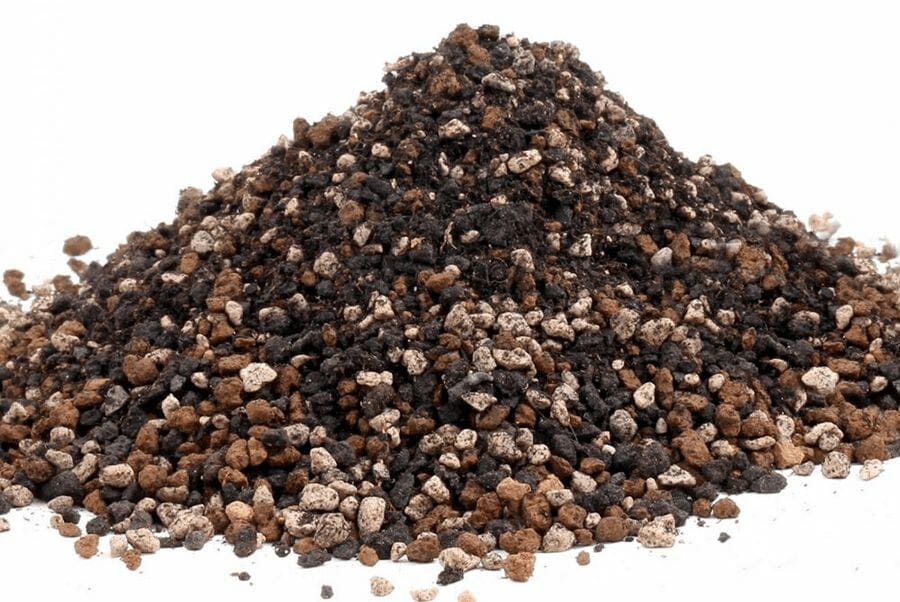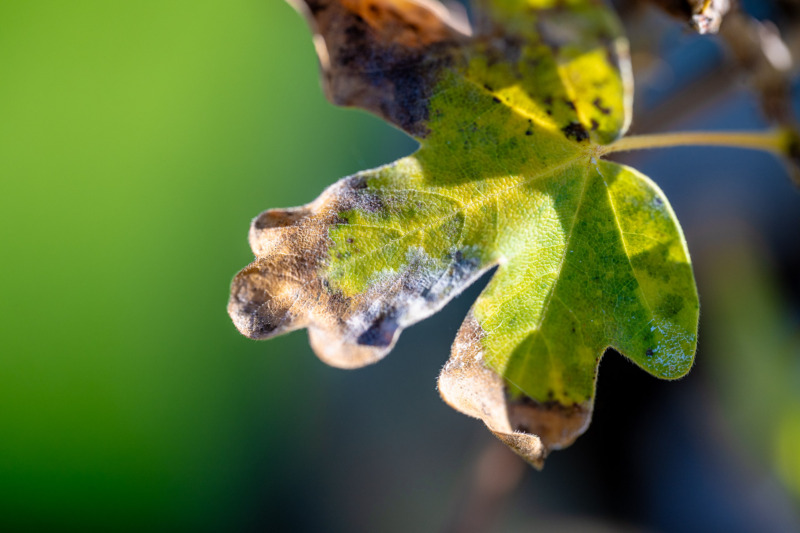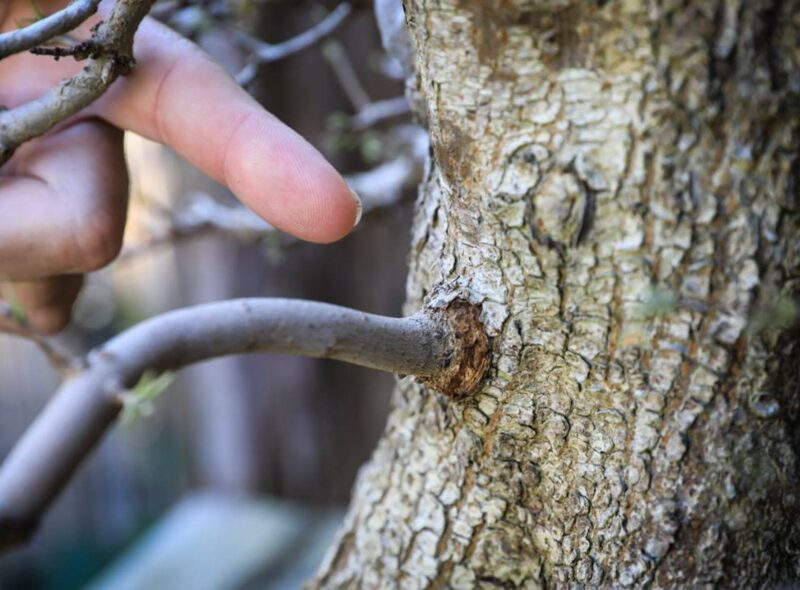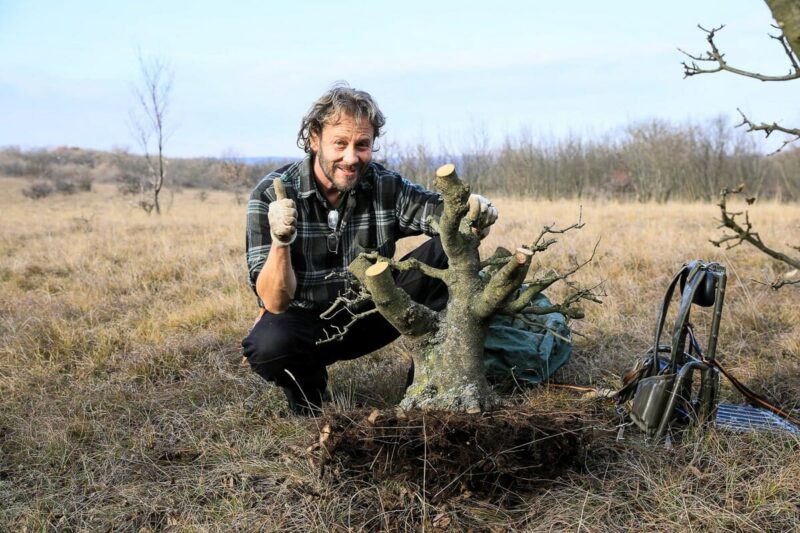Categories
Tags

The proposed soil mixture has an air availability of 29-30%, whereas a conventional gardener’s soil mixture consisting of peat, sand and humus soil has an air availability of only 10-20%. The finer-grained a substrate mixture is, the less oxygen is available to the plant in the soil.
Oxygen is very important for root growth. If you use a soil mixture with a smaller grain size, i.e. with a lot of zero particles, the soil becomes compacted and does not allow oxygen to reach the roots. Oxygen, however, promotes fine root growth.
It is also important for the growth and health of the plant that the acidity of the soil is correct. An acidity of neutral value applies to most plants. The value is measured in pH and is pH 6.5 – 7.5, with the exception of bog plants, which need acidic soil and whose value is between pH 5.5-6. The pH value is a measure of the concentration of free hydrogen ions.

Category
Editor

Category
Editor

Category
Editor